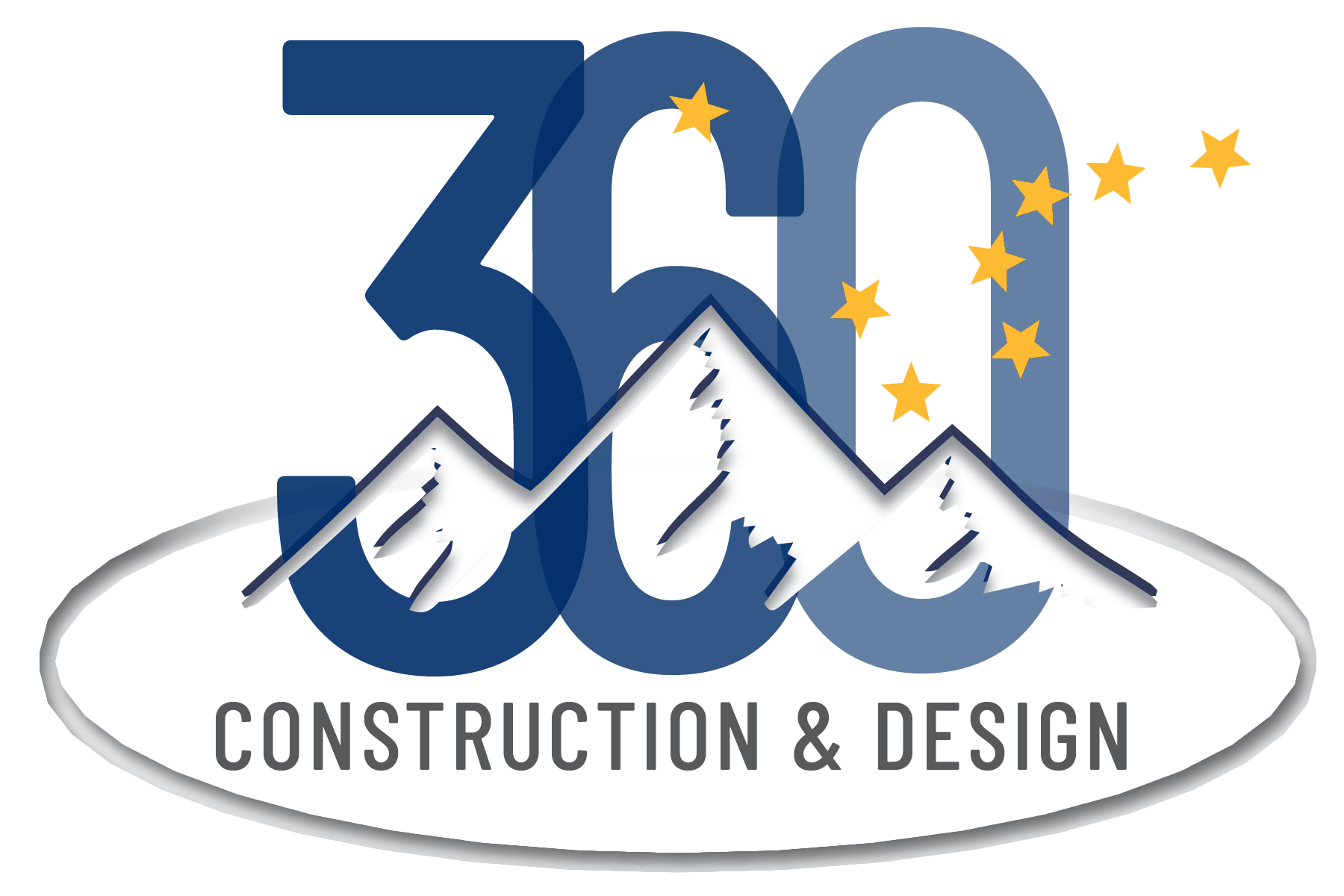Did you know that over 44% of homes across the nation were constructed before the year of 1970? While most of these houses consist of beautiful architecture and solid foundations, many of them could benefit from a few upgraded features. Windows are one of the primary features that often benefit from intervention, due to the amount of energy that is lost from various factors surrounding older window models. From moisture-induced cracks to faulty insulation, many outdated windows end up costing homeowners a hefty amount of money each month, due to a substantial amount of lost energy. This epidemic particularly impacts those living in colder climates, such as Alaska, where the average winter temperature ranges from 30 to -30 degrees.

While many individuals find themselves understandably reluctant about facing the costs of newly upgraded windows, the money saved in the long-run due to increased energy efficiency really pays off. Most of these homes that were built before the 1970’s contain single-paned window structures which are known as being very faulty and drafty window types. These drafts are often the result of normal wear and tear in the insulation, sealant, and surrounding materials, and can lead to a dramatic decrease in both heating and cooling efficiency levels. It is estimated that the average household saves anywhere from $27 to upwards of $400 when they convert to newly upgraded windows. This price range varies depending on how extensive and intense the winter seasons are, so Alaskan residents naturally end up saving a sizable amount of money when it comes to their heating and utility costs.

It is typically recommended that windows that are over 15 years of age are replaced, or at least examined for signs of damage. A good rule of thumb is to feel for any excess moisture surrounding the window’s base. If a notable amount of moisture is present, it is often an indicator of condensation due to heating loss, and can be one of the main signs of an outdated and drafty window. This can be especially concerning for window panels that are made of older types of wood, due to most forms of wood being very susceptible to damage caused by the presence of moisture. Even if you chose to purchase similar panel materials, the introduction of a newer wood variety should result in less leaks and cracks in your window panels.
The installation of new windows can also promote higher levels of energy efficiency due to their ability to reflect natural light in a more prominent manner. By installing new windows, especially ones facing in the directions of north and south, your home will appear much brighter from the sun’s natural lighting. Many outdated windows can become dull and drab overtime, not letting an adequate amount of sunshine into your home. New windows will not only provide you with the benefit of beautiful and natural light, but you will also potentially save more on your utility bill due to a decrease in the use of artificial lights in your home.
The installation of new windows may seem like a pricey and time-consuming project, but the rewards really speak for themselves. With so much money saved in heating and cooing costs, as well as added home value, it definitely ends up being a profitable investment.




